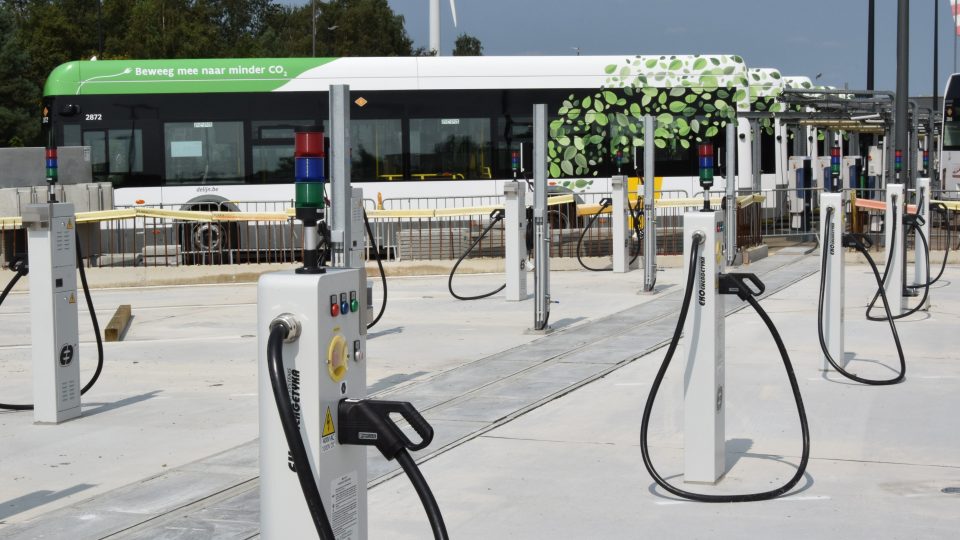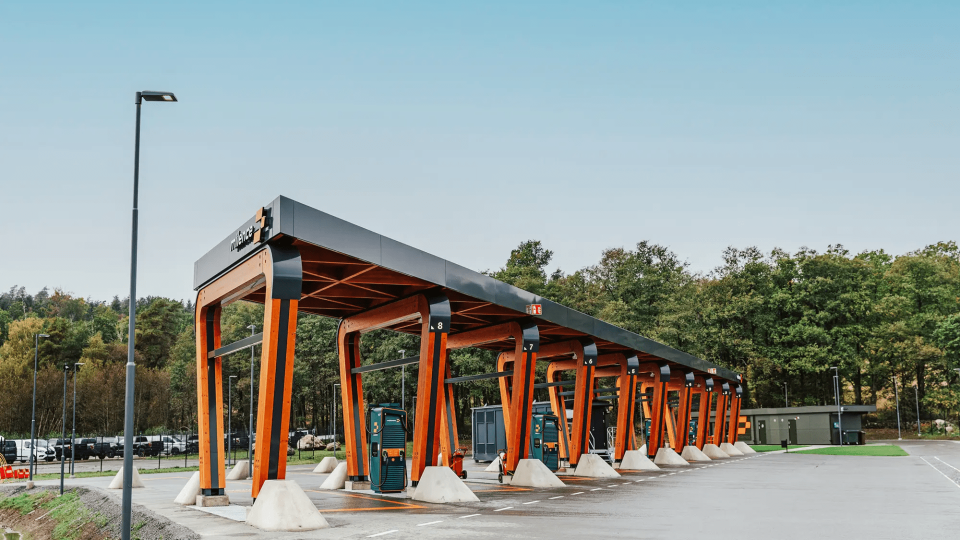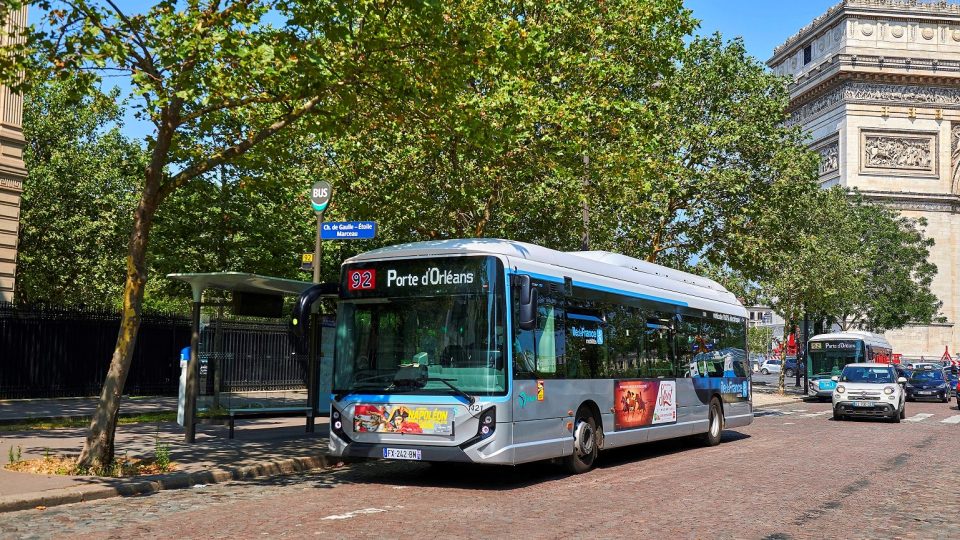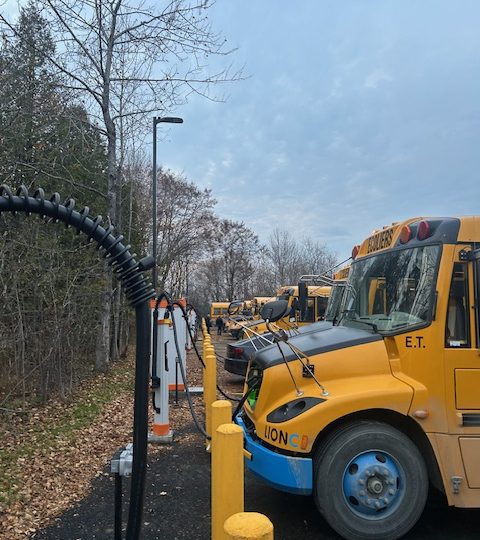The e-bus depot has more charging capacity than needed: Transdev gives back excess capacity to the energy company
It happens in the Netherlands. Connexxion (Transdev) in 2018 installed in its e-bus depot in Amstelveen a higher charging capacity than the one actually needed. Now the carrier has decided in consultation with energy company Liander to have the connection adapted to a smaller one. This will allow better use of the existing electricity grid, […]
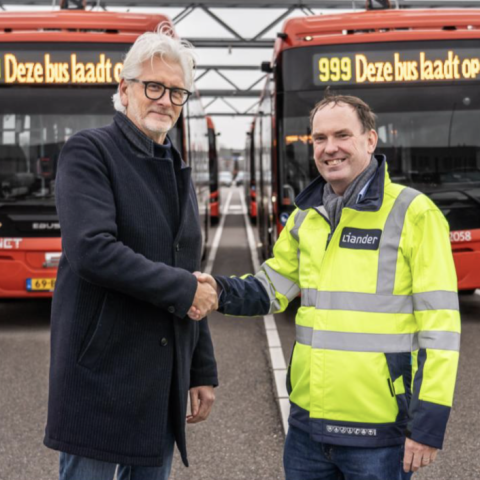
It happens in the Netherlands. Connexxion (Transdev) in 2018 installed in its e-bus depot in Amstelveen a higher charging capacity than the one actually needed.
Now the carrier has decided in consultation with energy company Liander to have the connection adapted to a smaller one. This will allow better use of the existing electricity grid, allowing Liander to connect a number of businesses in the region earlier than anticipated, Liander states in a press note.
Transdev – Liander electric bus depot Amstelveen
The bus depot at De Loeten business park in Amstelveen was built in 2018. With an eye to the future, a 10MVA (Mega Volt Ampere) power connection was chosen then, with its own cable to Liander’s electricity substation. Partly because charging is becoming smarter and faster, this connection proved larger than necessary, the companies say.
A key innovation that has contributed to this is the digital system developed by Transdev that continuously provides a overview of bus journeys, battery percentages and charging times, allowing efficient planning and charging.
Transdev therefore has decided to ‘give back’ the excess capacity to Liander. This allows Liander to expand the grid without having to lay a new cable and accelerates the expansion of the electricity grid in this area. This will allow new companies to establish themselves or existing companies to expand or become more sustainable. Returning connection capacity thus helps the economy and energy transition in this area.
The power grid in the Netherlands is currently congested. Bart Kraayvanger, zero emission manager at Transdev, states: “We are taking an important and unique step here, which deserves to be emulated. It contributes to energy transition and economic opportunities in the region, this fits well with Transdev’s vision. In addition, it also saves us costs.”
Paul van Engelen, region lead at Liander: “Transdev is making a nice contribution to Liander’s task in this way. This way we can expand our grid without laying extra cables. It’s great to see that by being smarter about their operations they can reduce their load on the grid and also save costs. To make the energy transition feasible, we not only have to expand the grid but also use it smarter. This is a great example of that. I therefore hope that many more customers follow this fine example.”



